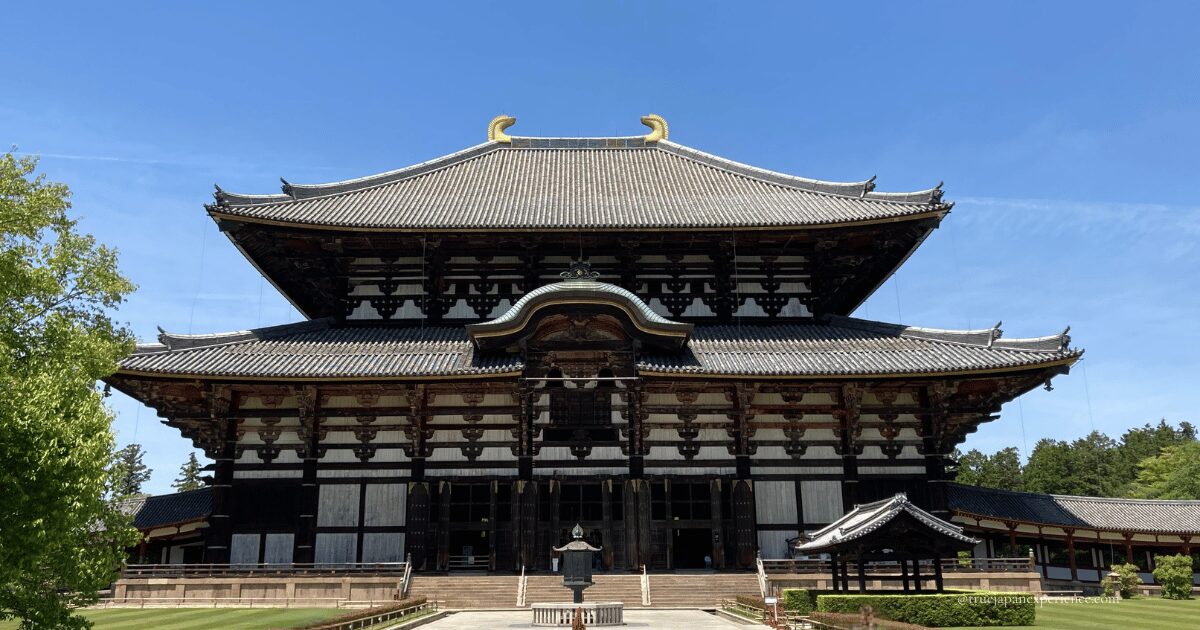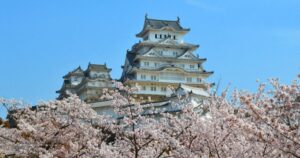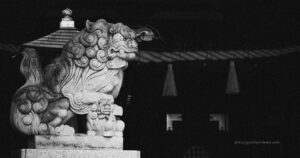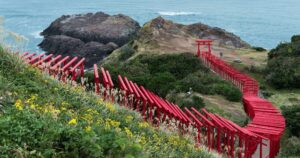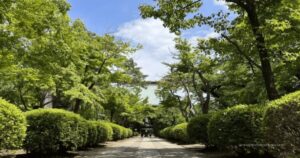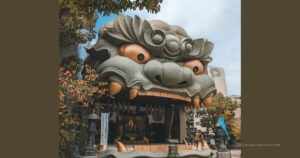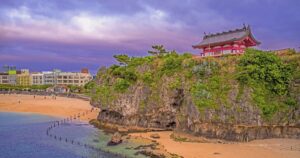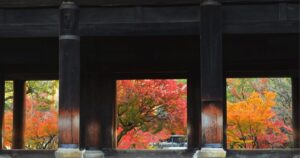Todai-ji Temple in Nara is one of Japan’s most famous landmarks. It is home to the Great Buddha and one of the largest wooden buildings in the world.
This historic site is not only a UNESCO World Heritage Site but also a place where you can meet friendly deer and enjoy peaceful nature.
Let’s explore why visiting Todai-ji Temple is a must for anyone traveling to Japan.
Why Todai-ji Temple Is a Must-Visit in Nara
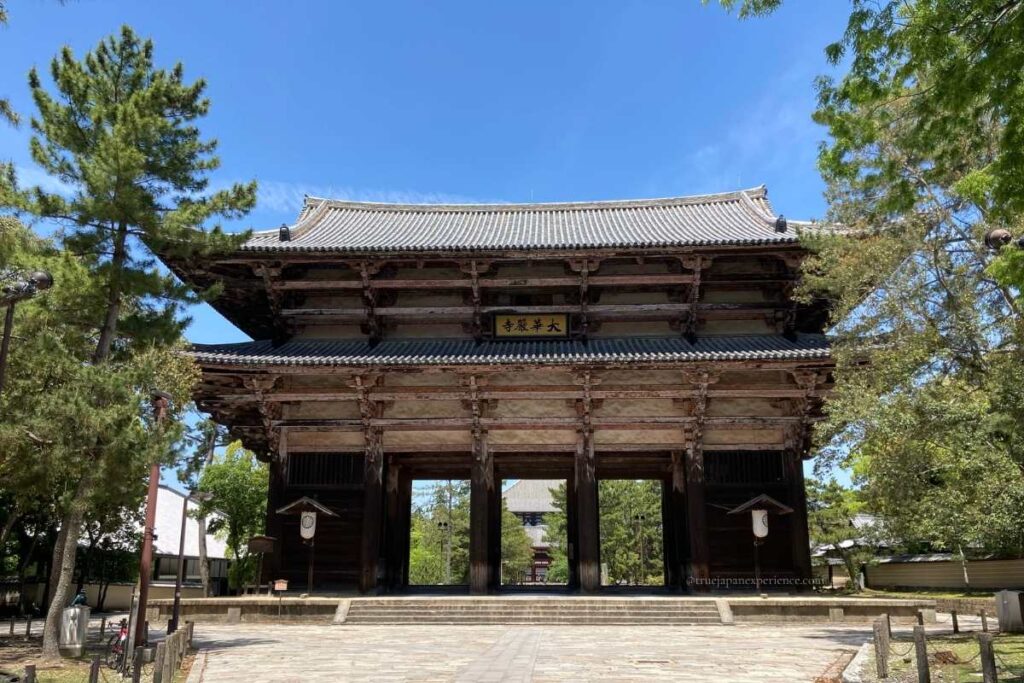
Todai-ji was built in the 8th century by Emperor Shōmu. His goal was to bring peace to the country and happiness to the people.
The temple holds deep meaning in Japanese history and Buddhism. Its Great Buddha symbolizes the light that spreads across the universe.
Today, Todai-ji is loved by visitors from around the world. Many come to see the massive bronze Buddha, take photos with deer, and feel the beauty of ancient Japan.
The Great Buddha of Todai-ji Temple Nara: History and Meaning

Before you meet the Great Buddha up close, it helps to understand the story behind this powerful figure.
More than just a giant statue, the Daibutsu at Todai-ji holds deep spiritual meaning and reflects the hopes of an entire nation.
Let’s take a closer look at who this Buddha is and how he came to be.
Who Is the Great Buddha?
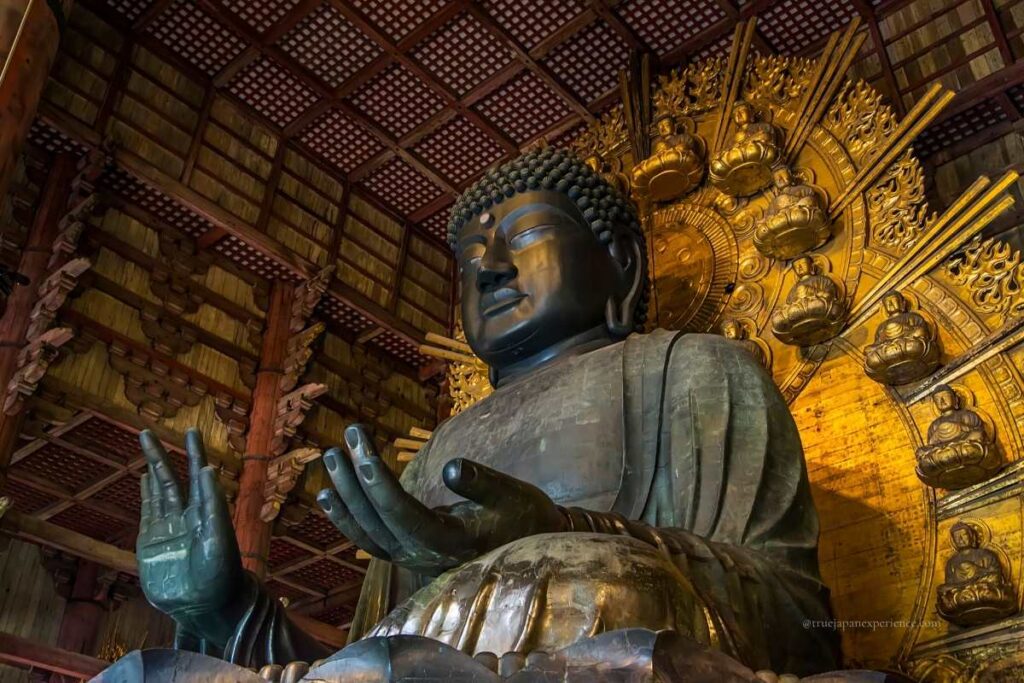
The Great Buddha at Todai-ji is called Rushanabutsu (Vairocana Buddha). He represents the universe and shines light in all directions.
Made of bronze, the statue stands about 15 meters tall and weighs over 250 tons. It is one of the largest Buddha statues in Japan.
How Was It Built?
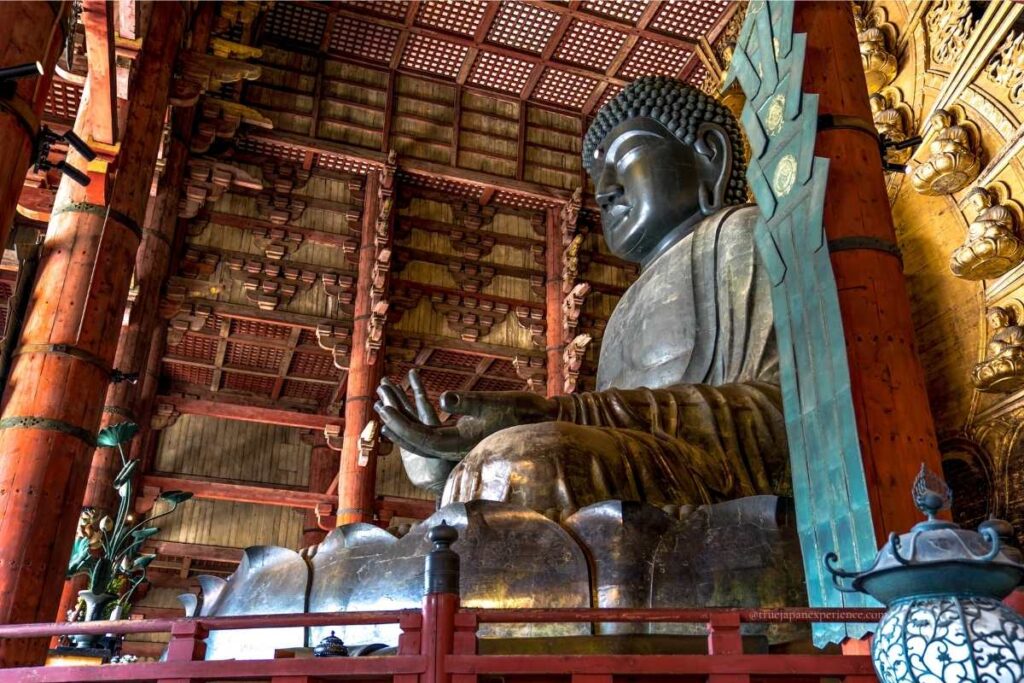
In 743, Emperor Shōmu ordered the creation of the Buddha to protect the country. Over 2.6 million people helped build it, gathering resources from across Japan.
The statue was completed in 752, and a grand eye-opening ceremony was held to give it life.
The design was inspired by a large Buddha statue in Longmen Grottoes in China.
Daibutsuden at Todai-ji Temple Nara: One of the Largest Wooden Buildings
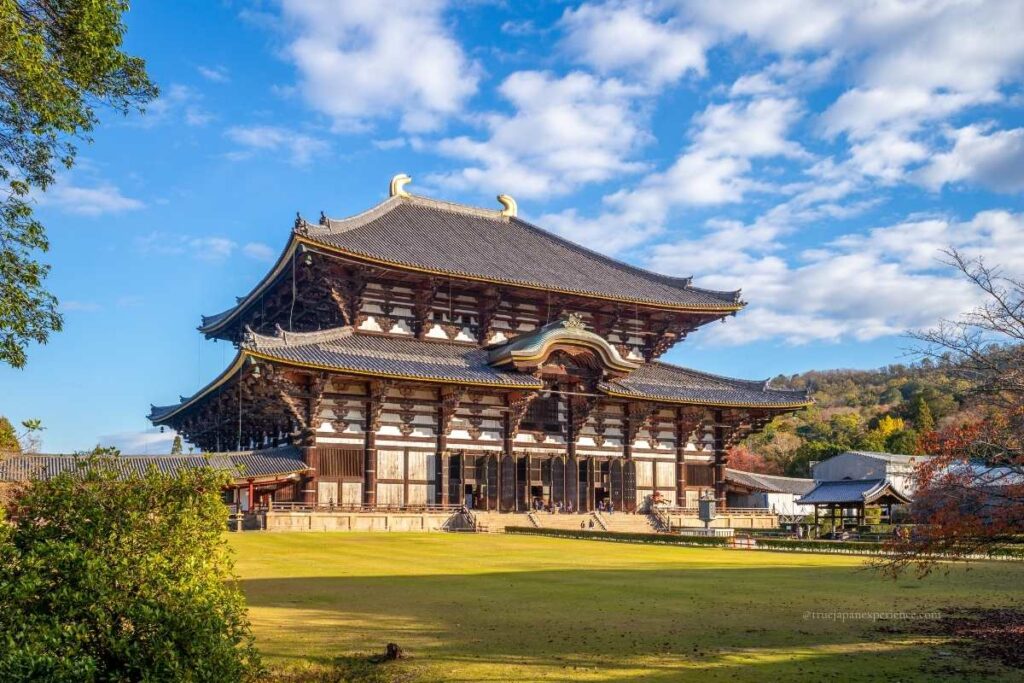
The Great Buddha is housed inside the Daibutsuden (Great Buddha Hall).
It is the main building of Todai-ji Temple.
The current structure was rebuilt in 1709 during the Edo period.
Even today, it is one of the largest wooden buildings in the world.
・Height: About 49.1 meters
・Width: About 57.5 meters
・Depth: About 50.5 meters
In front of the hall, you’ll see a beautiful bronze lantern (a national treasure).
Inside, alongside the Great Buddha, are other important statues such as Kannon Bodhisattva and Four Heavenly Kings.
Meet the Friendly Deer Around Todai-ji Temple Nara
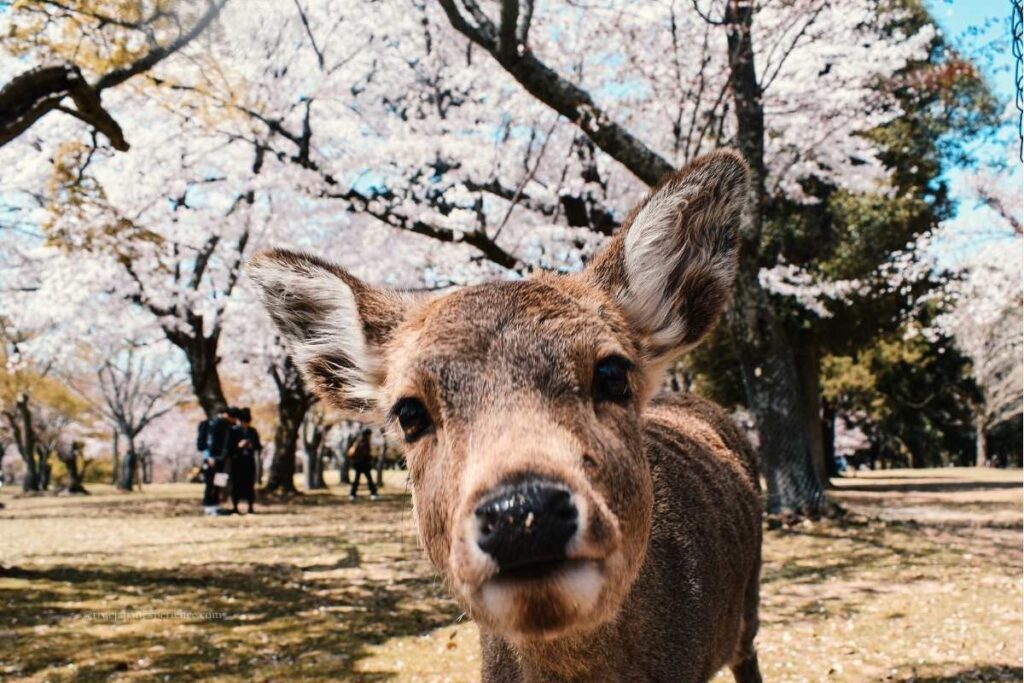
Around Todai-ji and Nara Park, you’ll meet many friendly deer. These deer are considered messengers of the gods in the Shinto faith.
You can buy special deer crackers (shika senbei) and feed them. Some deer even bow before receiving a treat!
Visitors often take photos and videos with the deer, making it a popular social media moment.
Be gentle and follow the rules when interacting with them.
Important Tips for Feeding the Deer
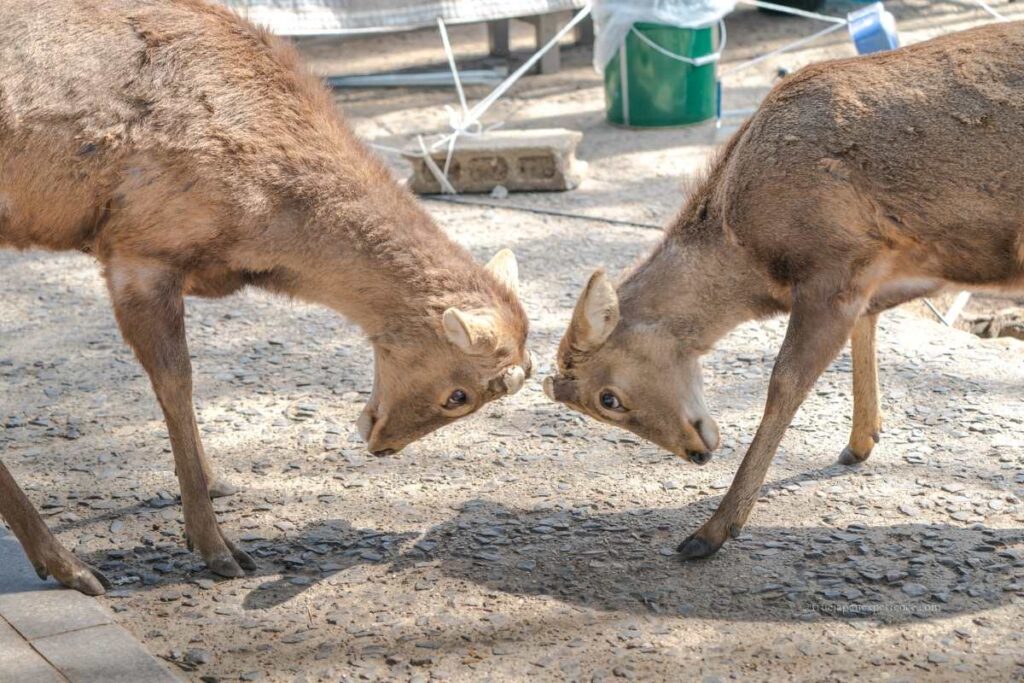
Although the deer may seem tame, they are still wild animals. They can act unpredictably, especially when food is involved.
Here are a few important things to keep in mind:
・Only feed them official deer crackers, which are sold inside the park.
Do not give them human food, snacks, bread, or vegetables—it can be harmful to their health.
・Be quick when offering the crackers.
If you tease the deer or make them bow many times, they may bite or push you.
After you finish, show your empty hands to let them know you have no more treats.
・Avoid carrying plastic or paper bags openly.
The deer may think there is food inside and try to snatch or bite the bag.
・Never chase, hit, or grab the deer.
This can frighten them and lead to dangerous behavior.
・Stay away from baby deer, especially during the birthing season (spring to early summer).
Mother deer are very sensitive and may become aggressive, or even reject their fawns if humans get too close.
Remember, the Nara deer are protected animals under Japanese law as a National Natural Monument. Hurting or mistreating them is against the law.
Treat them with kindness—and your visit will be a safe and heartwarming experience.
Best Photo Spots at Todai-ji Temple Nara
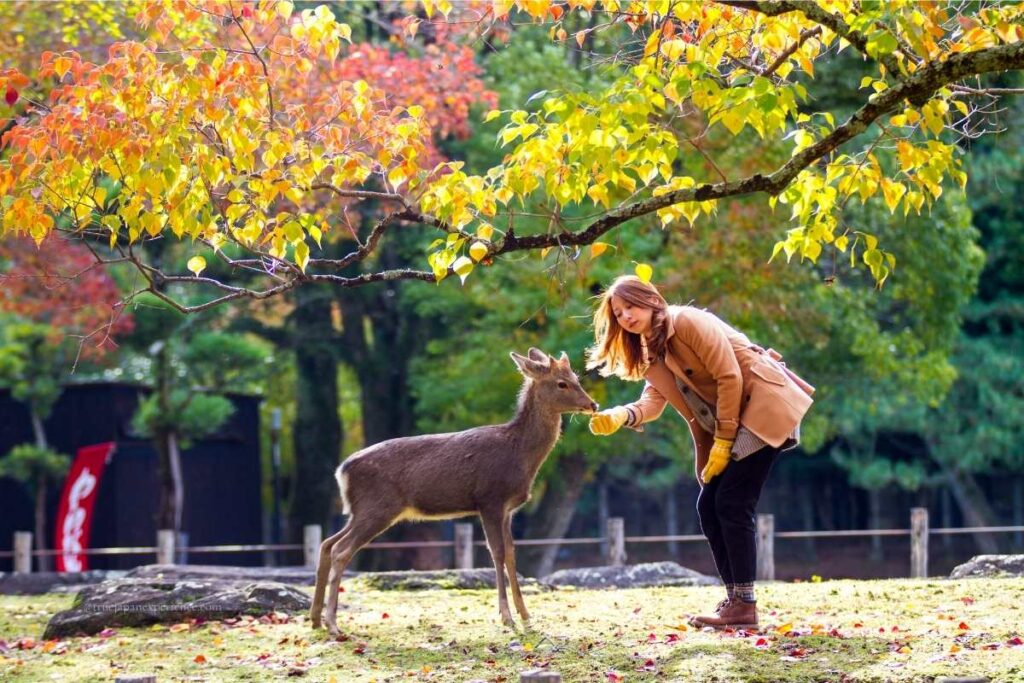
Todai-ji is one of the most photographed temples in Japan.
Popular photo spots include:
The hashtag #todaiji is filled with posts from travelers sharing their memories.
It’s a perfect place to capture Japan’s ancient charm.
Visitor Information for Todai-ji Temple Nara: Hours, Fees, and Access
Before you plan your visit, it’s helpful to know the basic details—like when the temple is open, how much tickets cost, and how to get there.
This section covers everything you need to make your trip to Todai-ji smooth and stress-free.
Opening Hours and Ticket Prices
Todai-ji Temple welcomes visitors every day of the year, with slightly different hours depending on the season.
Todai-ji Temple is open every day of the year.
While the temple closes at the listed hours, final admission is usually cut off slightly earlier.
For example, the Todai-ji Museum clearly states last entry is 30 minutes before closing. The same applies to the Great Buddha Hall.
To enjoy your visit without rushing, it’s best to enter no later than 15–30 minutes before closing time.
If you want to learn more about Todai-ji’s history and treasures, the museum is a great addition to your visit.
How to Get to Todai-ji Temple Nara

Todai-ji is located inside Nara Park, a spacious area full of greenery and friendly deer.
It’s a peaceful place you can explore on foot, with other famous sites like Kasuga Taisha and Kofuku-ji nearby.
There are several convenient ways to reach Todai-ji from Nara Station, Kyoto, or Osaka.
Here’s how to get there smoothly, whether you’re coming by train, bus, or on foot.
From JR Nara Station
By bus: Take the city loop bus and get off at the “Todaiji Daibutsuden / Kasuga Taisha Mae” stop. The ride takes about 7 minutes, followed by a 5-minute walk.
By taxi: This is the easiest option, especially if you have luggage. It takes about 8 to 10 minutes.
On foot: The walk from JR Nara Station takes around 30–40 minutes, but it doesn’t feel that long.
You’ll go through busy areas filled with shops and tourists, then into Nara Park where deer and nature surround you—it’s a fun and rewarding walk.
From Kintetsu Nara Station
This station is closer to Todai-ji, and walking is a popular choice:
By bus: You can take the city loop bus or the “Gurutto Bus”, and get off at the same “Todaiji Daibutsuden / Kasuga Taisha Mae” stop. From there, it’s a 5-minute walk.
On foot: Walking from Kintetsu Nara Station takes about 20 minutes (roughly 1.5 kilometers) through the beautiful Nara Park.
From Kyoto or Osaka
Many people visit Nara from Kyoto or Osaka.
You can take a train with no transfers, so it’s easy and fast.
There are two main train companies: JR and Kintetsu.
Here is a simple list to compare the routes:
| Route | Time | Cost | Notes |
|---|---|---|---|
| JR Kyoto Line (Miyakoji Rapid) | ~45 min | ¥720 | Kyoto to JR Nara (direct) |
| Kintetsu Kyoto Line (Express) | ~35–50 min | ¥650–720 | To Kintetsu Nara Station |
| JR Yamatoji Rapid (from Osaka) | ~50 min | ¥840 | Osaka to JR Nara |
| Kintetsu Nara Line (from Namba) | ~50–60 min | ¥590–790 | To Kintetsu Nara Station |
Tip: Kintetsu Nara Station is closer to Todai-ji and Nara Park than JR Nara Station.
Want to know more about trains in Japan? These guides can help:
・No IC Card? No Problem! Smart Ways to Ride Trains in Japan
Learn how to buy tickets and ride trains without an IC card. It’s easy!
・Which JR Should I Use in Tokyo, Osaka, Kyoto?
Find out the difference between JR East and JR West. Good to know before using a JR Pass!
Todai-ji Temple is more than just a tourist spot.
It is a place where you can feel the heart of Japanese history, culture, and spirituality.
Whether you come for the impressive Great Buddha, the lovely deer, or the peaceful park, your visit will be unforgettable.
Plan your trip to Todai-ji and let its timeless beauty inspire you.
